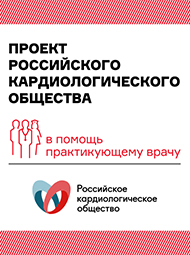Thrombectomy improves neurological recovery after acute stroke
Use of thrombectomy to retrieve larger thrombi improved neurological recovery at discharge in patients with acute ischemic stroke, according to a substudy of the MR CLEAN trial.
Anouchska Autar, PhD candidate at Erasmus Medical Center in Rotterdam, the Netherlands, and colleagues collected data on thrombi retrieved from 35 patients during the MR CLEAN trial to investigate the relationship between the macroscopic appearance of thrombi retrieved during intra-arterial therapy, cause of stroke and clinical outcome. They obtained thrombus measurements with image analysis software.
Results of the overall MR CLEAN study, previously published in The New England Journal of Medicine, demonstrated that intra-arterial treatment using thrombolysis, mechanical therapy or both plus usual care within 6 hours of stroke onset was safe and effective in patients with acute ischemic stroke caused by a proximal intracranial arterial occlusion of the anterior circulation (n = 300).
In the new analysis, the mean age of patients was 65 years, 69% were male and the median baseline NIH Stroke Scale score was 17. Most of the patients had severe strokes: 49% were due to cardioembolism and 20% were due to atherosclerosis.
Patients with stroke due to atherosclerosis had significantly longer (P = .0035) and larger (P = .045) thrombi compared with patients with stroke due to other causes. “This [finding] could be because patients with atherosclerosis have more diseased arteries and this may influence thrombus size,” Autar said during a press conference.
Neurological recovery at discharge, assessed using the NIH Stroke Scale, was significantly improved among patients from whom longer and wider thrombi were retrieved via thrombectomy compared with patients with smaller thrombi (P = .03 and P = .04, respectively), according to Autar. “The NIH Stroke Scale improves one point with every 1.4-mm of extra thrombus length that is extracted,” she said.
An increased number of particles retrieved during thrombectomy showed a trend toward worse neurological recovery at discharge (P = .079), according to the results.
“Together, this suggests that some emboli are more likely to disintegrate and the smaller particles may embolize and obstruct the microvasculature of the brain, leading to incomplete recovery. … The findings indicate that a simple parameter such as thrombus size might influence the decision to give or refrain from additional thrombolysis. This needs to be verified of course in larger trials,” Autar said in a press release. – by Katie Kalvaitis
Reference:
Autar A, et al. Poster session 6: Stroke. Presented at: European Society of Cardiology Congress; Aug. 29-Sept. 2, 2015; London.
Disclosure: Autar reports no relevant financial disclosures.
Source: www.healio.com






